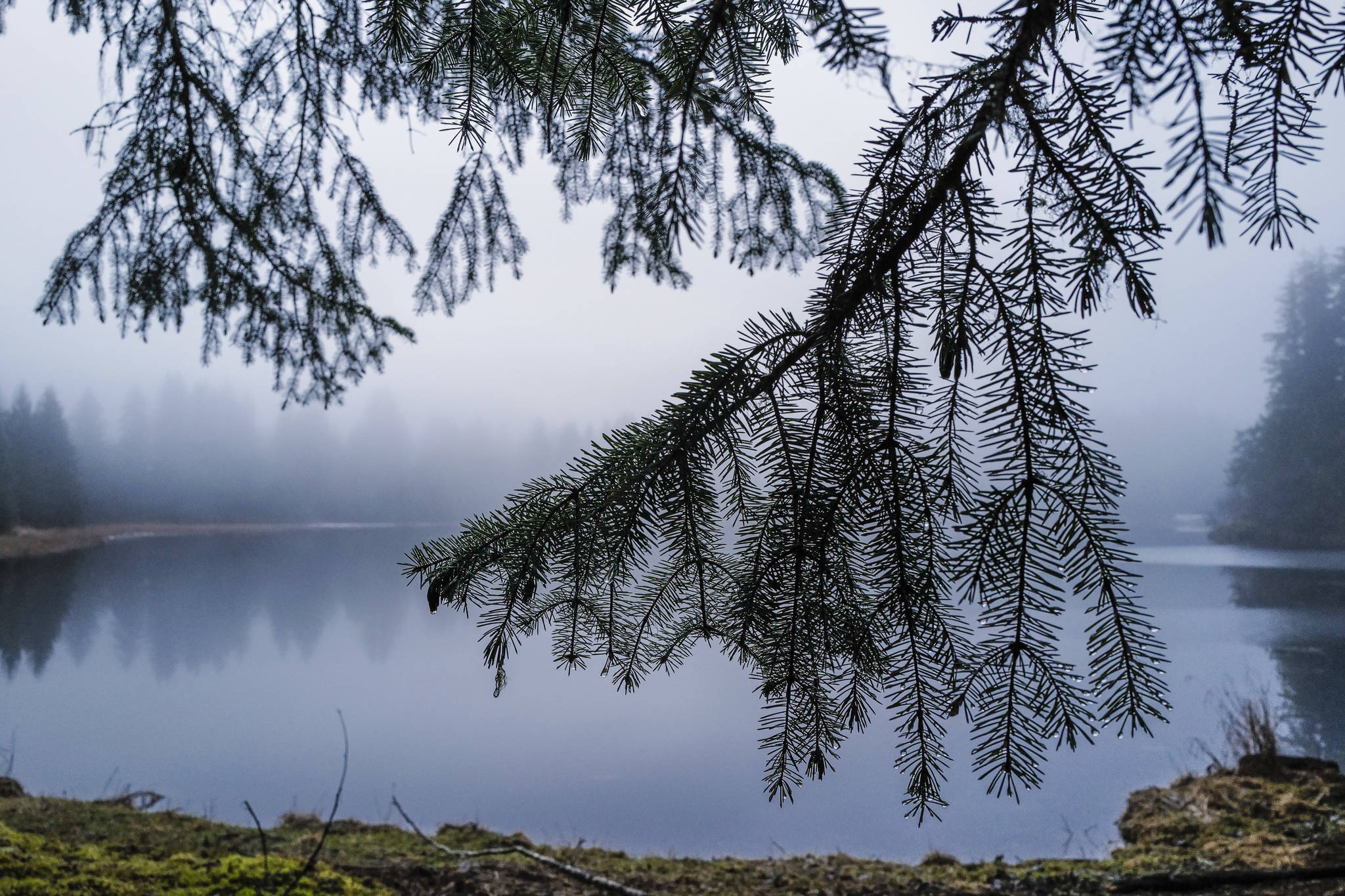Recent My Turns by Austin Williams and Bert Burkhart have brought attention to a peer-reviewed, scientific paper by Dave Albert and John Schoen (published in Conservation Biology in 2013). That paper documented how logging has disproportionately impacted large tracts of the most productive old-growth forest in Southeast Alaska and the Tongass National Forest. We are writing today to help clarify this issue.
Supporters of the timber industry often point to the relatively small percentage of land area logged to suggest logging has had a minimal impact on the forest. This is confusing because only a third of the Tongass supports productive forest with potential commercial value, and an even smaller fraction of that is economically valuable. The timber industry has always targeted (high-graded) the largest and oldest trees, but those large-tree old-growth stands have always been rare on the Tongass.
Seven decades of high-grading has dramatically depleted and fragmented the Tongass’s largest (4-10 feet in diameter) old-growth trees. It is increasingly rare to find standing trees to rival the size of stumps that are common along the Maybeso Creek, Staney Creek, Harris River, and elsewhere. Even where large trees can still be found on the Tongass (or elsewhere in Southeast), clear-cut logging has often fragmented the landscape and isolated the remaining large trees into smaller, more isolated patches that have diminished value to wildlife.
The study cited here classified forest stands on the Tongass according to their productivity and whether the stand was part of a contiguous tract of productive old-growth forest. The confusion is caused, in part, by the difference between “stand scale” (as in typical USFS timber inventory) versus “landscape scale” (as in how stands are distributed across a landscape of approximately one square mile). It makes a big difference in the highly fragmented forests of Southeast Alaska. The crux of the problem is further fragmentation of the last remaining contiguous old-growth landscapes, particularly within regions of the forest that have already sustained high-levels of timber harvest. Today, many of the contiguous old-growth landscapes are largely confined to roadless areas.
Regionwide, past logging had reduced contiguous old-growth forest between the years 1954 and 2004. The results show that although only 11.9% of the productive old-growth forests have been logged regionwide, large tree stands have been reduced by at least 28.1% and landscapes with the highest volume of contiguous old-growth were reduced by 66.5%. Contiguous high-volume forests on northern Prince of Wales Island were reduced by 93.8%.
Rare, large-tree old-growth stands provide some of the most valuable fish and wildlife habitats on the Tongass. These stands provide critical habitat to all five species of salmon, deer, bear and other species uniquely adapted to this rainforest ecosystem, such as the Alexander Archipelago Wolf, the Queen Charlotte Goshawk, the Prince of Wales Flying Squirrel, the Marbled Murrelet and the Prince of Wale’s Spruce Grouse. The Tongass also stores more carbon than any other national forest, and plays an important role in moderating climate change.
Today, the Tongass is the only national forest that still clear-cuts old growth. Exempting the Tongass from the Roadless Rule and further high-grading of the rarest, most valuable old-growth will result in unsustainable forest management and risk significant impacts to fish and wildlife as well as jeopardize two of Southeast Alaska’s significant economic drivers: fisheries and tourism.
• John Schoen and Matt Kirchhoff are both retired wildlife ecologists living in Anchorage. They both have considerable experience conducting research on the Tongass and collectively have over 70 years of wildlife research and conservation work in Alaska. Columns, My Turns and Letters to the Editor represent the view of the author, not the view of the Juneau Empire.

